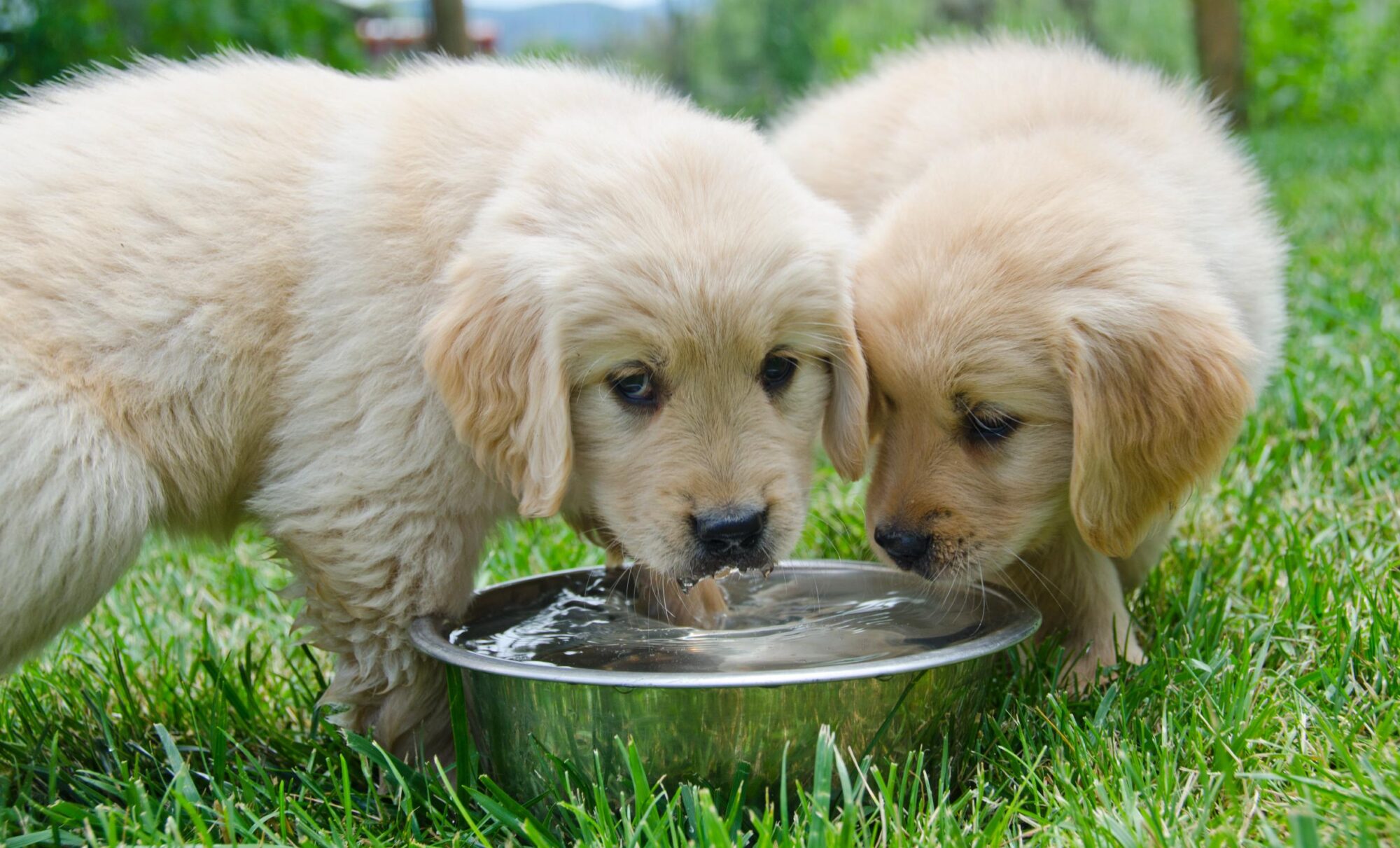Pet Hydration Hacks: Creative Ways to Keep Your Dog or Cat Drinking Water

When it comes to keeping pets cool and healthy during the dog days of summer, proper pet hydration is key. In this blog, our team shares summer pet hydration tips so you can make sure your furry friends are getting plenty of fluids this season.
How to Keep Pets Hydrated
Brachycephalic breeds like bulldogs or Persian cats, thick-coated breeds, overweight pets, and senior pets are particularly prone to dehydration, but pet dehydration prevention is important for all pets when the mercury rises. Try these summer pet hydration tips:
- Always provide fresh, clean water, and refill bowls regularly.
- Place multiple water bowls around the house so they’re easily accessible.
- Keep an eye on how much your pet is drinking—any sudden changes may indicate a health issue.
- Always ensure your pets have a shaded area and avoid outdoor activities during peak heat.
- Cooling mats can help pets regulate their body temperature while ensuring hydration needs are met.
- When playing outdoors with your pet, take hydration breaks in the shade every 15-20 minutes.
Dog Drinking Water Tips
- If your dog isn’t drinking enough, add a splash of low-sodium chicken broth to their water.
- Carry a collapsible bowl and water bottle on walks or trips.
- Offer ice cubes or frozen dog-safe snacks, which hydrate and help cool them down.
Cat Drinking Water Tips:
- Cats often prefer running water. Pet fountains can entice them to drink more.
- Include wet cat food in their diet, as it contains more moisture than kibble.
- Add a little tuna water (not oil) to the water bowl for extra appeal.
Best Water Bowls for Pets
A proper water bowl can encourage pets to drink. Here are some recommendations on the best water bowls for pets:
- Stainless steel or ceramic bowls are more hygienic because they don’t absorb bacteria and odors like plastic ones.
- Use non-slip bowls to prevent spills and make drinking more comfortable for your pet.
- Automatic dispensers can be helpful because they ensure a steady water supply.
Symptoms of Pet Dehydration
Pets can lose water quickly during the summer months, especially during energetic play and exercise, and dehydration can quickly lead to heatstroke if not treated promptly.
Watch for these signs that your pet may be dehydrated:
- Dry nose and gums
- Sunken eyes
- Poor skin elasticity
- Excessive panting in dogs or open-mouth breathing in cats
- Lethargy
- Loss of appetite
- Increased thirst
- Dark urine
- Rapid heart rate
- Weakness or collapse
If you notice any of these signs, it’s crucial to act quickly. Move your pet to a shady location (preferable indoors in air conditioning) and provide water. Contact your veterinarian or the nearest emergency hospital for guidance.
Keeping Pets Cool and Healthy This Summer
Dehydration in pets can be subtle but serious. For more tips on summer pet hydration or if it’s time for your pet’s checkup, please contact All Critters Veterinary Hospital at (614) 305-2085.
